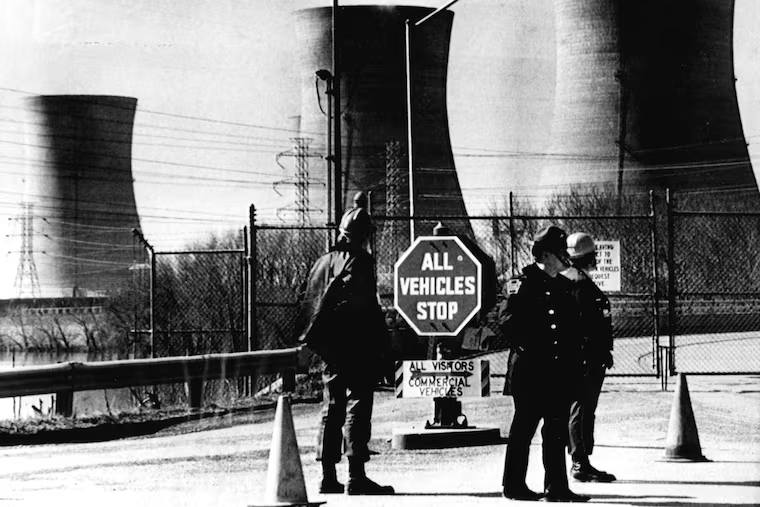Netflix’s ‘Meltdown: Three Mile Island’ tells the history of the infamous nuclear plant accident. Here’s how we covered it.
“We’re talking about a story where there’s a possibility here of the East Coast being contaminated with radiation,” said producer Carla Shamberg.
